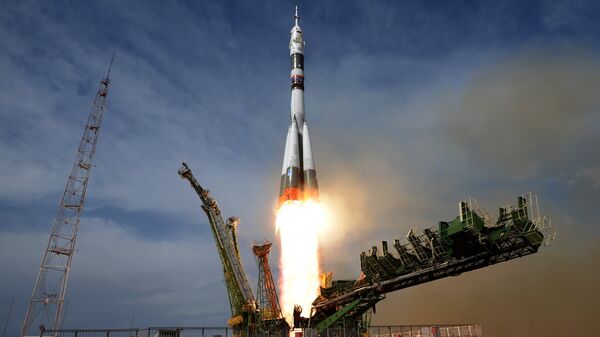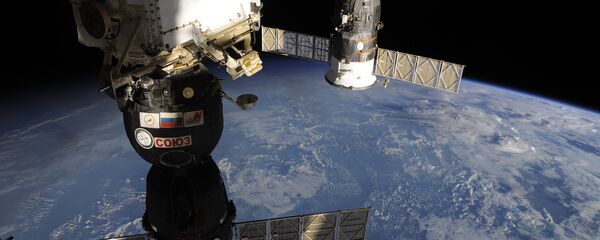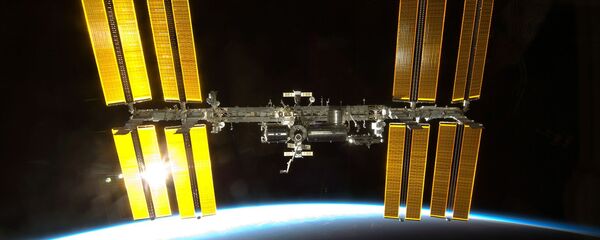"There was a video recording system that monitored the main assembly sites. Now, it has been installed in three more assembly areas where operations were carried out without video surveillance," the source said.
During the initial contact with ground control centres, the ISS crew were convinced that the 0.08-inch hole was made by a drill. Roscosmos reported originally that the hole could have been caused by a tiny meteorite. However, several days later, the space agency said the meteorite theory had been discarded and a new one — a "deliberate interference in space" — was being considered.
Some media reports suggested one of the crew members could have drilled the hole, but US astronaut Drew Feustel, the leader of the mission, hit back against the allegations. Head of Roscosmos Dmitry Rogozin stressed that the Russian agency had never blamed the incident on the US crew, adding that some media chose to report the story in such a way.
The internal commission at Energia company, which manufactures Soyuz spacecraft, was unable to find any explanation through its investigation of the production process on Earth, so Roscosmos set up a special panel in mid-September. Cosmonauts at the ISS, Sergey Prokopyev and Oleg Kononenko, had to step out on December 11 to hunt for evidence. The track to Soyuz took three hours, rather than two as expected.
Prokopyev, who returned to Earth in December, brought back samples that may help solve the mystery. Authorities on the ground in Russia are expected to speak to both Prokopyev and Oleg Artemyev, another Russian cosmonaut, who was at the ISS when the leak occurred, to try to understand what happened.



